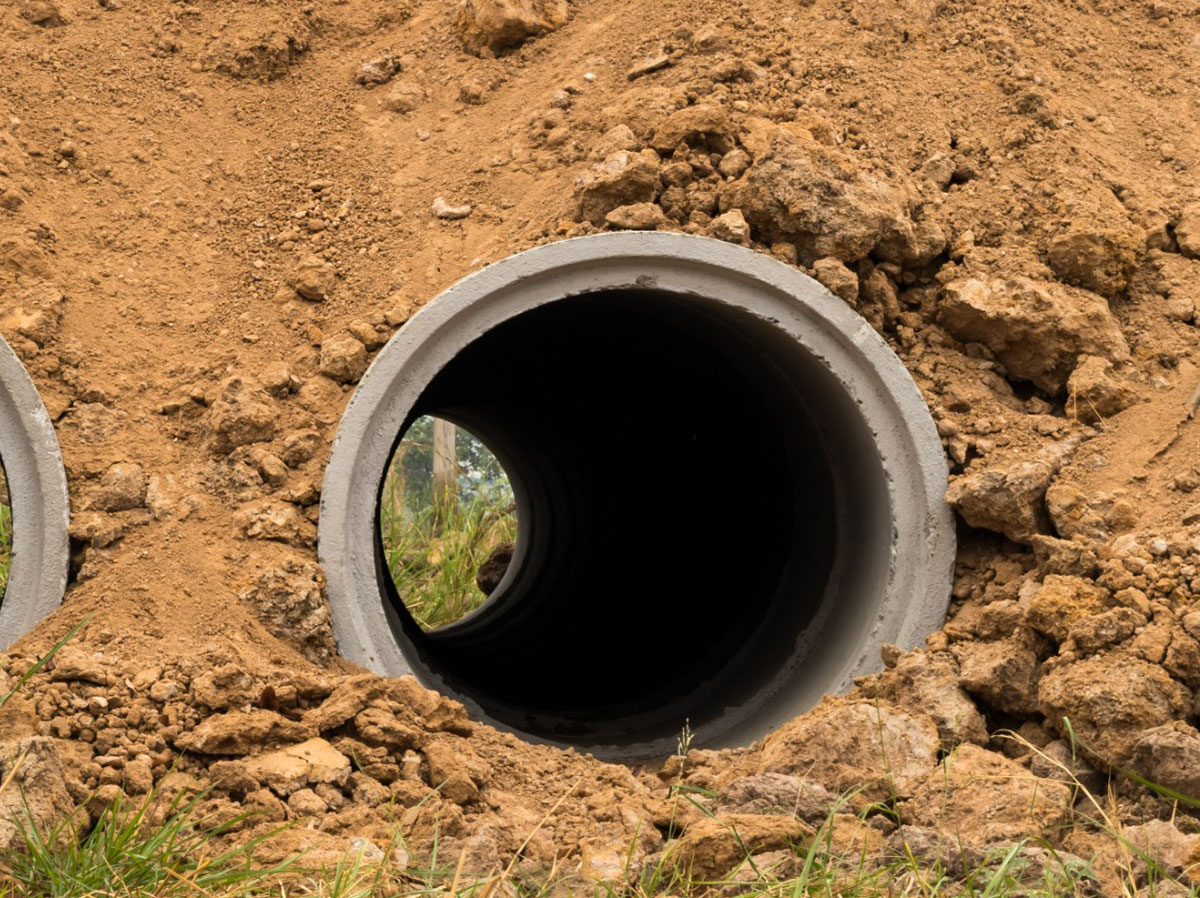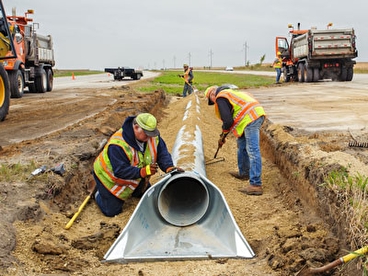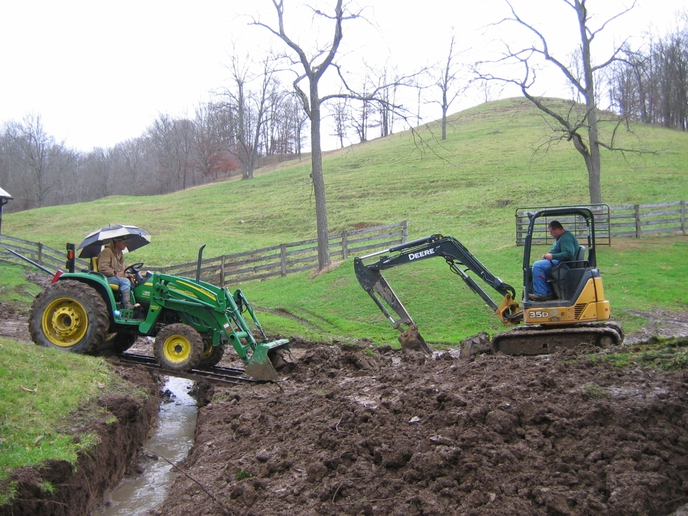Trusted Pad Construction for Your Task Demands
Trusted Pad Construction for Your Task Demands
Blog Article
Grasping Culvert Setup: Boost Your Land Drain Initiatives
Reliable land drain is an important element of effective agricultural and framework jobs. Culverts play a significant function in managing water circulation and protecting against erosion, making their correct setup necessary. From selecting the appropriate materials to carrying out ideal methods, grasping culvert installment can dramatically improve the performance and durability of your land drainage system. By recognizing the ins and outs of culvert installment, you can enhance your water drainage efforts and ensure lasting land use techniques.
Relevance of Culvert Installation
Ensuring appropriate culvert installment is critical for preserving effective land drain systems. Culverts play a critical duty in managing water flow, preventing disintegration, and preserving the architectural honesty of roadways, bridges, and other framework. Appropriate installation of culverts helps to funnel water away from roads and structures, decreasing the threat of flooding and water damage. Additionally, well-installed culverts help in stopping debris buildup, which can result in obstructions and lowered water circulation.
Proper Sizing and Positioning

Appropriate positioning of culverts is just as critical. Culverts ought to be placed at the most affordable point of the area calling for drain to ensure reliable water flow.
Material Selection Tips
Choosing the appropriate materials is paramount in making certain the toughness and performance of culverts for reliable land drain systems. When picking materials for culvert installation, it is important to consider variables such as the water flow rate, soil structure, and ecological problems of the website.
Among one of the most typical products used for culverts is corrugated steel (Tree removal). Corrugated metal culverts are sturdy, economical, and very easy to mount. They are ideal for areas with high water circulation rates and can withstand hefty tons. Another prominent alternative is concrete culverts, which use exceptional stamina and longevity. Concrete culverts are excellent for locations vulnerable to deterioration or get more when a much longer life span is preferred.
For eco sensitive areas, plastic culverts might be liked. Plastic culverts are light-weight, immune to rust, and very easy to transfer and mount. They are additionally known for their smooth interior, which helps to preserve reliable water flow. Furthermore, in areas where all-natural aesthetics are very important, materials like stone or wood can be utilized to create culverts that blend flawlessly right into the surroundings. Eventually, the selection of product must be based on a comprehensive evaluation of the certain needs and problems of the land water drainage job.
Installation Methods and Ideal Practices
Provided the vital importance of material choice in making have a peek at this site certain the functionality and long life of culverts, the setup strategies and finest methods play a critical role in the general success of land water drainage systems. Appropriate setup is crucial to avoiding problems such as leakages, collapses, or blockages that can jeopardize the performance of the culvert.

During installment, care should be required to line up the culvert appropriately and give correct support to avoid deformation. Backfilling ought to be done slowly and compressed in layers to prevent gaps and settlement. Proper compaction is necessary to protect against shifting or sinking of the culvert gradually.

Upkeep and Long-Term Treatment
Carrying out a detailed maintenance plan is important for making certain the longevity and efficient efficiency of culverts in land water drainage systems. Routine inspections need to be carried out to inspect for any kind of indicators of damages, blockages, or disintegration that might jeopardize the functionality of the culvert. Clearing up debris such as leaves, branches, and sediment is crucial to prevent blocking and preserve the circulation capacity of the culvert. Plants control around the culvert area is additionally crucial to avoid roots from causing architectural damage.
Routine upkeep tasks might consist of cleaning, repairing joints, strengthening explanation inlet and electrical outlet frameworks, and guaranteeing correct incline and positioning of the culvert. Keeping comprehensive records of upkeep tasks, inspections, and repairs is crucial for tracking the condition of the culvert over time and intending future upkeep requirements.
Final Thought
In final thought, understanding culvert setup is important for efficient land drainage. By adhering to ideal methods and carrying out long-lasting care strategies, landowners can increase their drain efforts and make sure the longevity and performance of their culverts (Tree removal).
Report this page